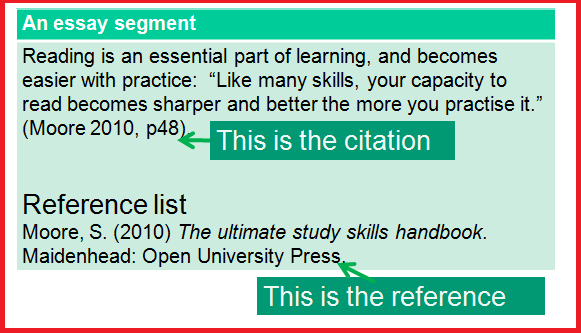You need to remove plagiarism before posting a blog. But, how do you detect it first?
Studies suggest that 30% of all web pages on the internet feature plagiarism in one form or another. In other words, even if the plagiarism is accidental, the duplicity of content is on around 1.5 billion pages, out of 5.1 billion in total.
This duplicity can be accidental, but that doesn’t mean it’s less harmful to the site. Any percentage of plagiarism can throw a website way back in SERP ranks. In worst cases, Google might penalize the website and blacklist it entirely.
That’s why it’s essential to avoid plagiarism so that a website can stand out in its rank. Moreover, it’s critical to avoid duplicate content to retain the credibility of a website. So, how do you go about detecting plagiarism? Moreover, how do you get rid of it? Let’s check.
Also read: SEO Simplified for Beginners in 15 Steps
How to Detect Plagiarism
Detecting plagiarism requires you to understand the type of work you’re checking. Since we’re checking a blog post, in this case, we need to make sure it’s plagiarism-free.
There are manual ways to check for plagiarism, then there are automatic tools that fish out duplicity. So, here are three primary ways to detect plagiarism.
1. Check for Uneven Tone
One of the best ways to tell a content’s duplicity rate is how uneven it is throughout. If the content fades then picks back up, then the writer must have selected elements from somewhere.
This might be a case of lousy paraphrasing or term usage. However, you need to paste this type of content into content checkers to ensure it’s not plagiarized.
2. Use Plagiarism Checker

The best, perhaps the simplest, way to go about it is using a tool. So, before you click the Post button on WordPress, you need to check plagiarism online through a plagiarism checker.
These plagiarism checkers will show you the percentage of content plagiarized within your query. The best thing about these tools is the convenience, including how quickly they can check thousands of words.
3. Lack of Citation behind Stats, Facts, Etc.
If your content uses many stats, facts, or quotes, then make sure you have cited the sources behind them. This alone can cause total content duplicity and deny search engine crawlers from indexing your content.
Therefore, it’s essential that you check thoroughly for any such statistics throughout your content. If the sources aren’t hyperlinked/cited, make sure you amend that before posting it.
You may take the help of a citation generator to make an attractive citation for copied content.
4 Ways To Remove Plagiarism
Now that we’ve detected plagiarism, it’s essential to get rid of it. Manually changing plagiarism and turning content into integral/original sentences and paragraphs is the best way to go. However, one can also tend to it in various ways, such as citing the sources, changing sentence structure, etc. So, to make it easier for you, here are 4 important ways to remove plagiarism:
1. Remove Plagiarized Content
When you use a plagiarism checker, you can see the percentage of duplicate content in your query. The best way to go about it is to remove it entirely. Not only will it ensure your content remains original, but even using rephrased content won’t get in your way.
However, you can try to replace plagiarized content with new content. Don’t try to reword the existing one; write something new. It will avoid any duplicity entirely and help you create original content.
2. Use Paraphrasers

If your plagiarized content isn’t too harmful in nature, or if it’s accidental, then you can try rephrasing it.
Try to use an established rephrasing tool, ensuring that you don’t accidentally plagiarize again.
Using a tool is essential, as it can help you create original and integral content without any hassle.
3. Cite Sources

If your content doesn’t feature any source information for the pertaining data, then you need to cite them. This is one of the common problems behind unwanted plagiarism.
Check your content and see if anything requires sources or quotes. Once you find and cite your sources, make sure you run your content through plagiarism scanners to double-check.
4. Use Quotations
Lastly, quote the places from where you took your content. This can help you steer clear of any unwanted duplicity and ensure the integrity of your writing.
Conclusion
These are the essential factors in detecting and removing plagiarism for a WordPress blog. Using plagiarism checkers and rephrasing tools can help you, but you need to ensure the overall reliability of the content yourself.



